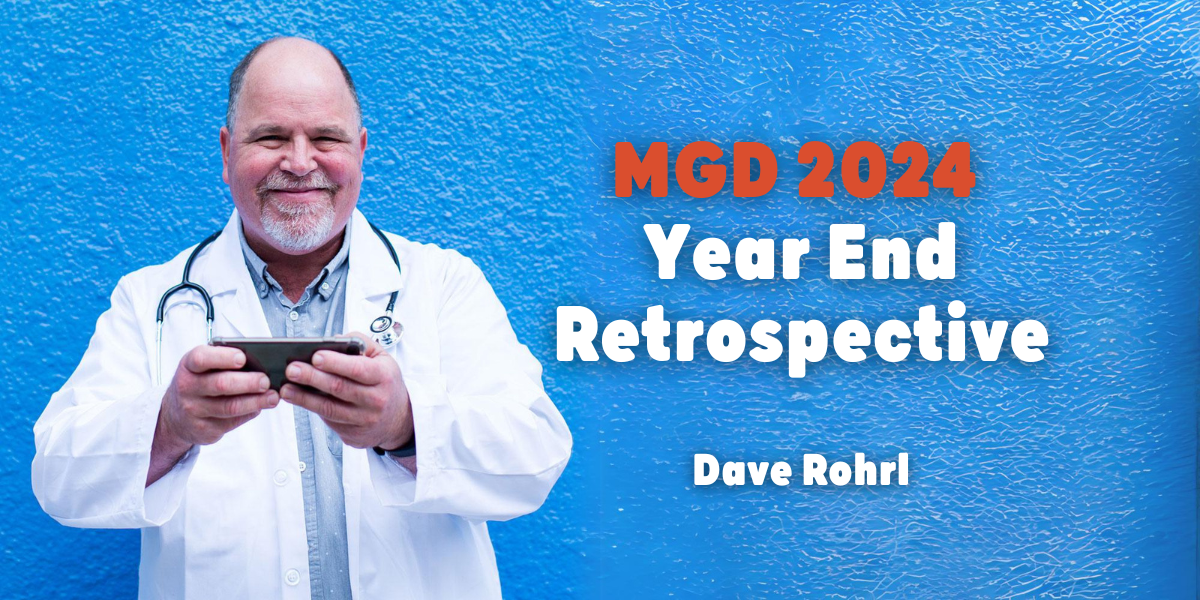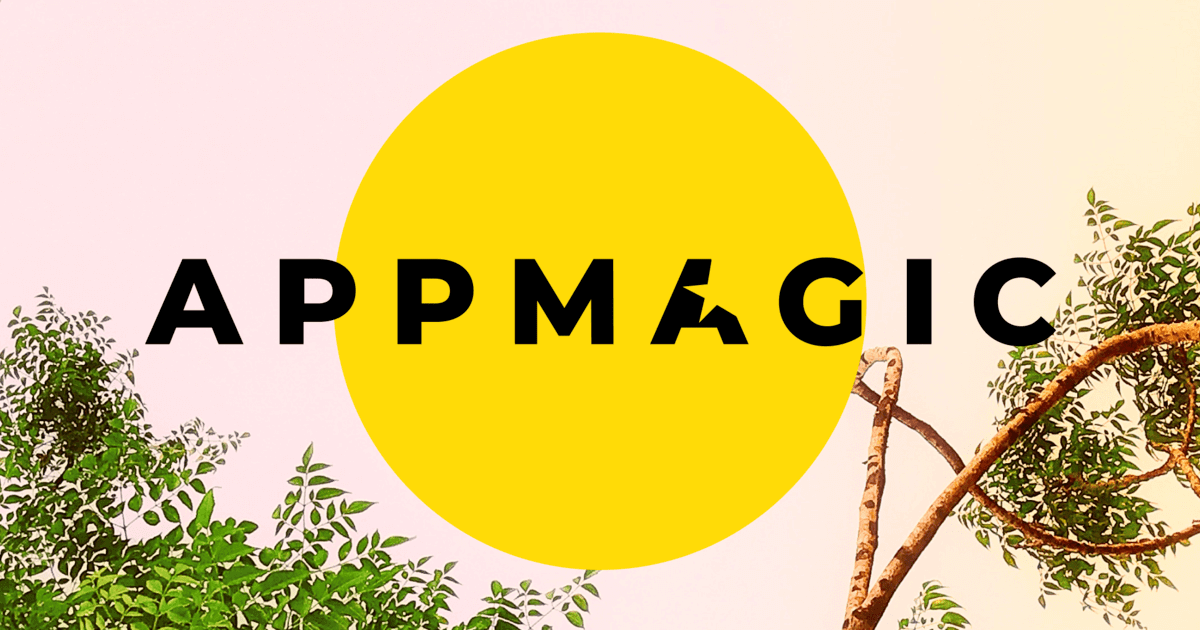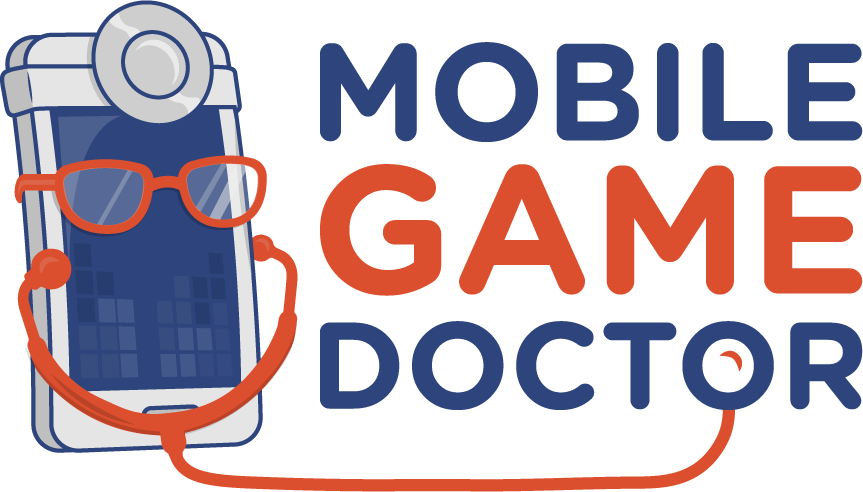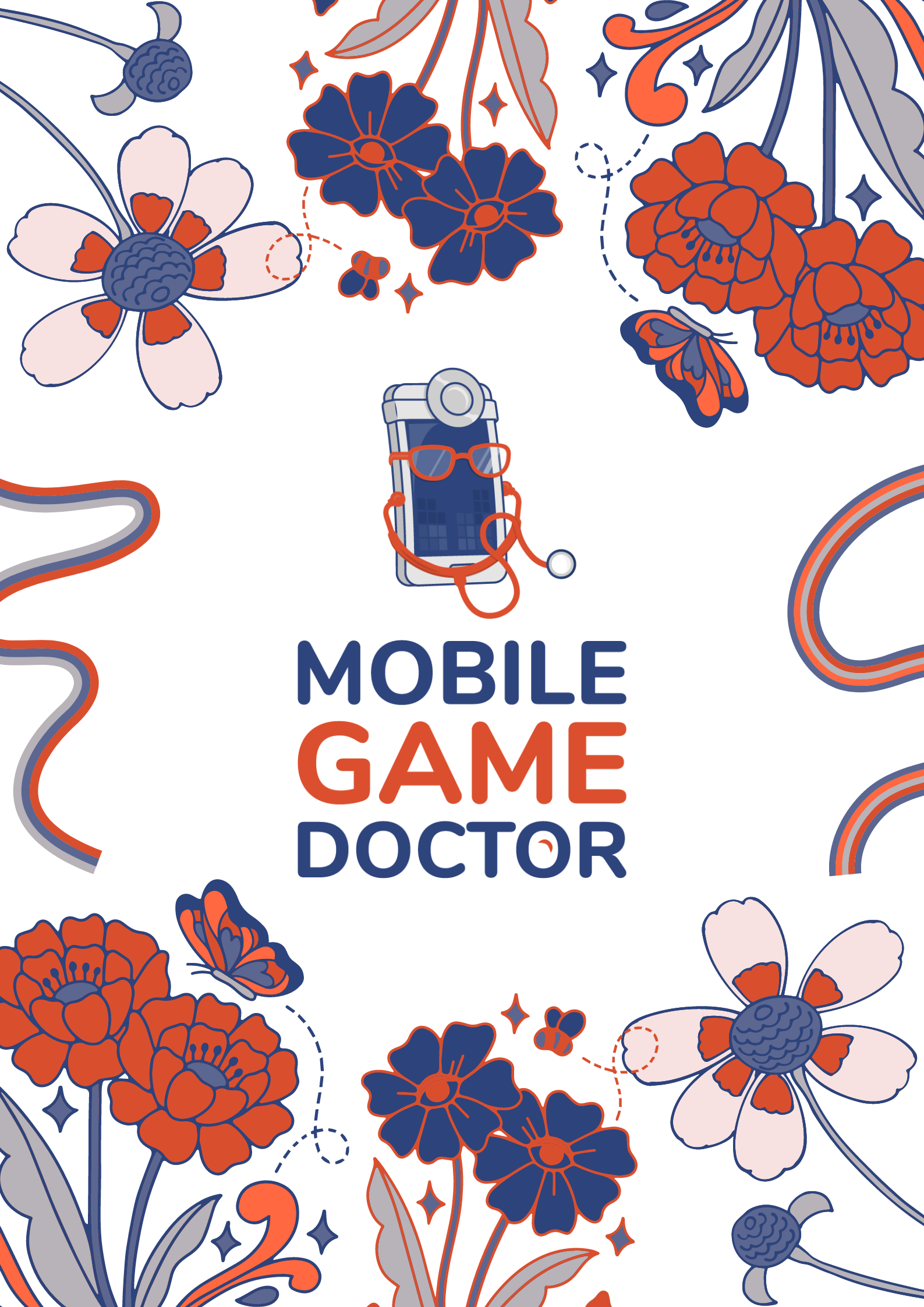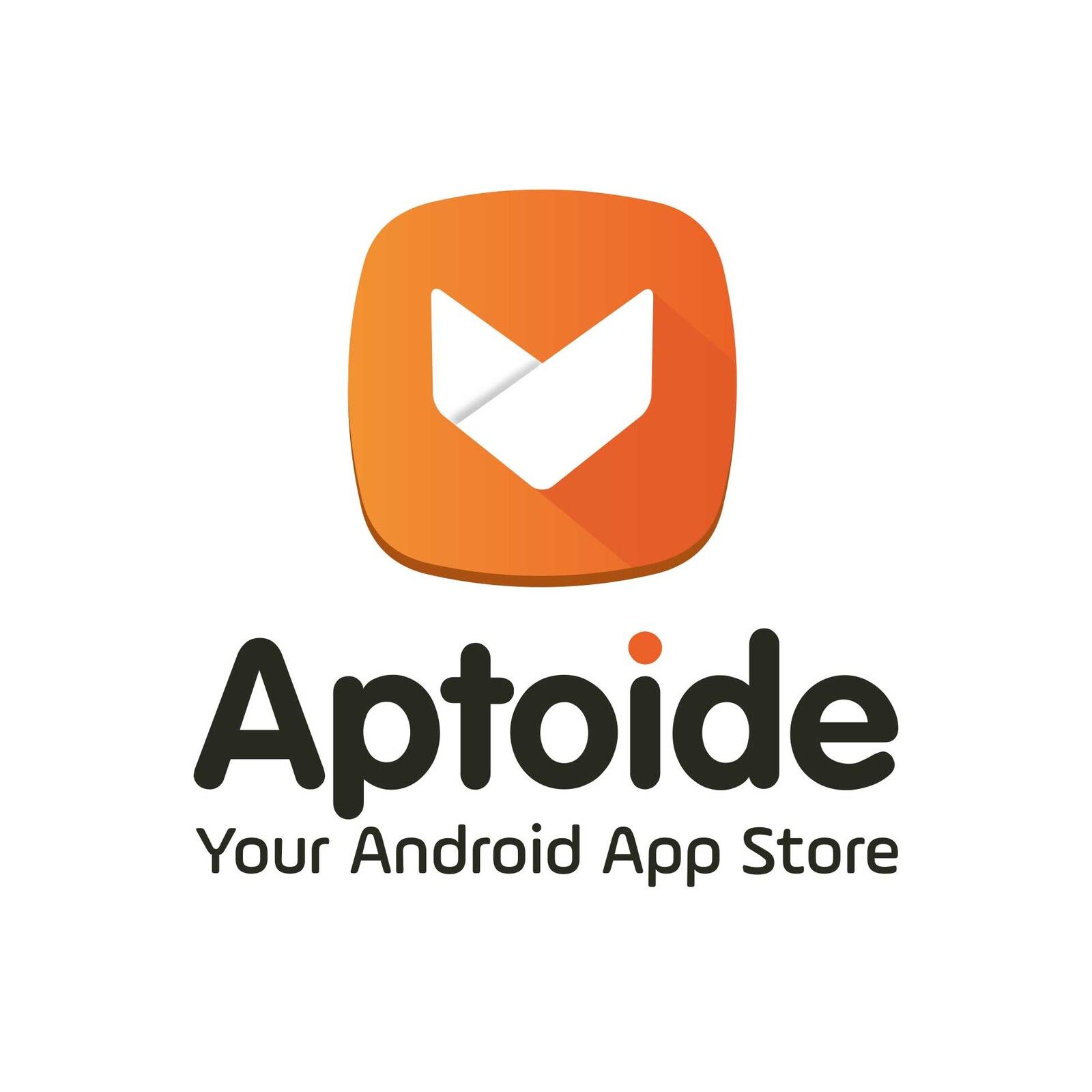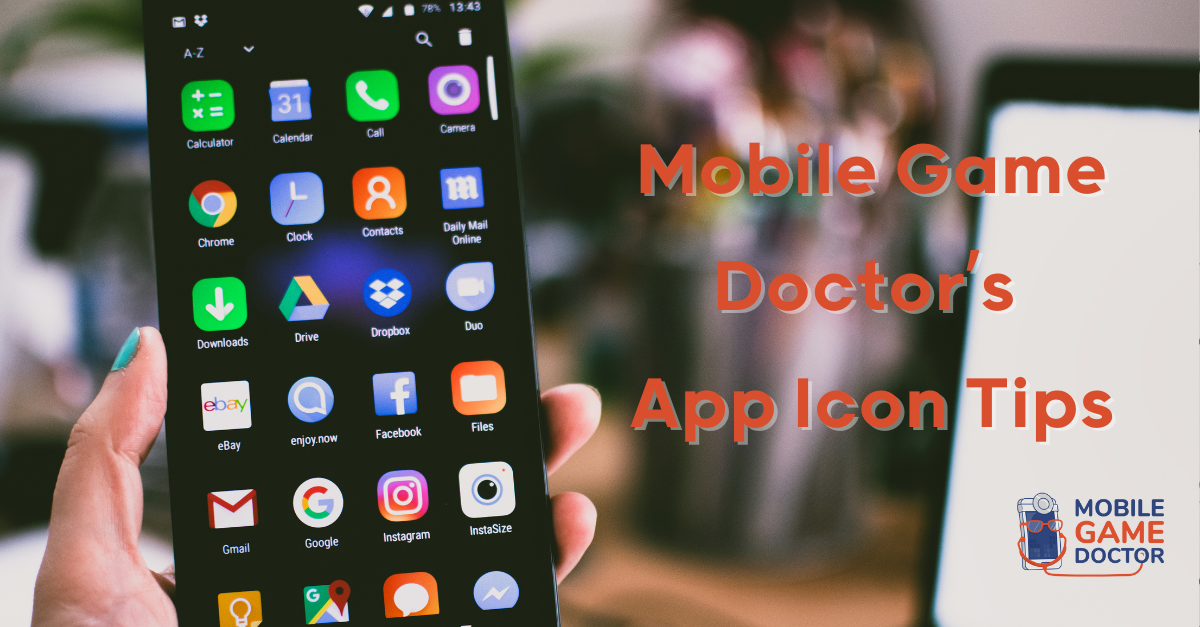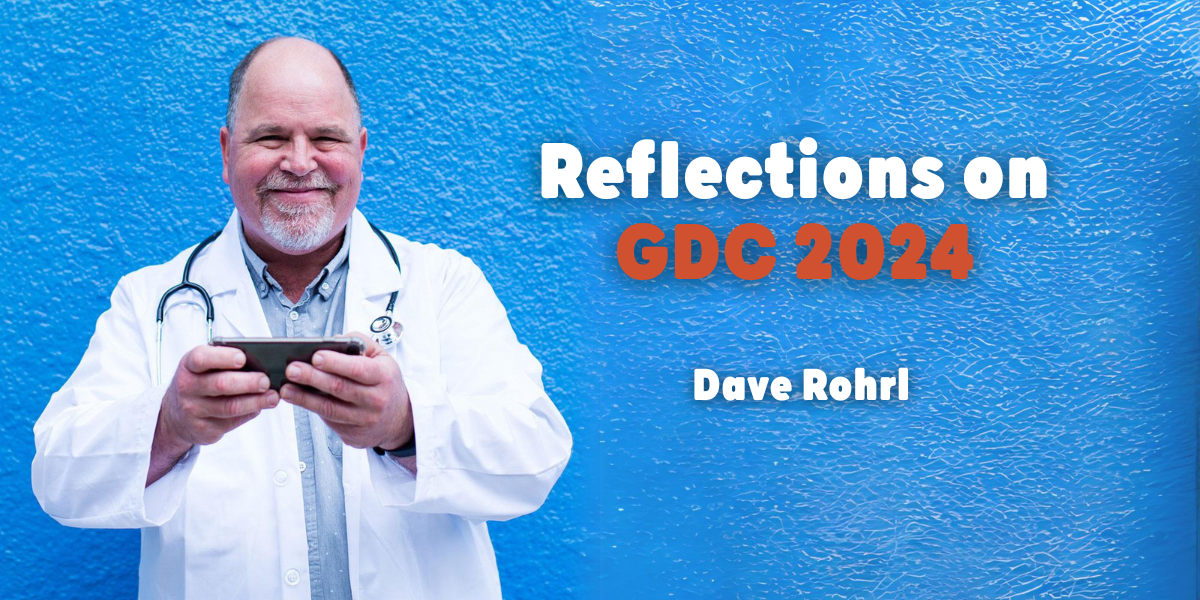You’ve got a great product that’s solidly built, plays well, and looks fantastic. Now it’s time to get more people playing it.
You need to work with a creative production team to create an attention-grabbing ad, but how to get the most out of this collaboration?
Nail the Briefing
Enough with the one-liners. The vaguer the briefing, the more you will have to deal with follow-up questions and send work back for correction.
Imagine you’re ordering in a restaurant. Saying “I’d like something Italian” probably isn’t going to get you the meal you’re picturing in your head. You need to be clear about each dish that you want. And if you’re unsure, you can always ask the waiter (or, y’know, your creative team) what options you have.
A good briefing contains strong references (to previous work or a similar result you’re looking to achieve), technical specs (format, size, duration), CTAs (or at least drafts of them) and links to assets.
Put yourself in the artist’s shoes: assuming they don’t know as much about the project as you do, would the briefing be clear enough to build a picture of what you want and how to achieve it?
Know Your Assets
A design project is only as good as the assets it’s built from. Having good material to work with will save everyone time and effort. But what is good material? In essence: source files.
The most common source files include layered PSDs, vector and video packages (which should contain images, footage and audio files). No one expects you to check the quality of each of these, but having them ready is a great start. As for JPGs and PNGs, the higher the resolution, the better.
If none of these are available and all you have is a pair of crappy low-res icons, share them anyway but be sure to set your own expectations accordingly. Above all, be prepared to work with the creative team to think of solutions rather than ask for unachievable tasks.
Give Feedback With Love
Chances are, if you nailed the items above, you’ll only need to give feedback once. To make sure that’s the case, be clear and objective. Refrain from giving your personal opinion or being overly subjective. Remember: the project is not about you or the creative team but rather the product itself, so stay focused on the goal of the ad. And above all, be kind.
Here are some real-world examples of unhelpful feedback and how it could have been better expressed.
| Unhelpful Feedback | How it Could Have Been Better Expressed |
|---|---|
| “I hate it!” | “Could we try a different idea I have in mind?” *describes idea* |
| “This photo is horrendous. There has to be something better.” | “Replace the photo with this one [pre-approved by the client].” |
| “OMG, that’s so ugly.” | “Can we try a version that’s more like this [reference]?” |
| “Yellow doesn’t work here.” | “Let’s try the dark blue from the logo.” |
| “The background music is so annoying.” | “How about we use something more upbeat for the BG music? Here’s a link to a sound library we subscribe to.” |
Fun, Creative, and Rewarding
Ultimately, working with a creative production team should be one of the most fun, creative parts of the job and an opportunity to see and present the product in an exciting new way.
If you come prepared with clear instructions, plentiful quality assets and a positive, constructive attitude, then you’ll be rewarded with eye-catching ads, a new perspective on your product, and a queue of artists wanting to work with you.
